Contributed by George Medovoy | Last Date of Travel: July 2008
Kosher Info: You might not think of ever finding kosher food on the island of Martinique, a far-flung French outpost in the Caribbean archipelago with an eternal summer and an infectious African-Creole culture. But don’t be fooled — Martinique is also home to a community of 400 Jews mainly from Morocco and Tunisia, most of whom arrived on the island via France.
With typical self-sufficiency, Chabad runs a kosher food store on its premises, while a kosher restaurant operates out of the home of one of the community’s members.
To reach the rabbi and find out more about the hours of the store and the restaurant, it is best to call him directly on his cell.
If you call before you arrive, dial the international code first, 011, and then 596-696-7107-70.
Tourist Info: Jews have lived on Martinique since 1645, when the Portuguese expelled them from Brazil and they sought refuge on the island.
Today, Martinique is an official “department” of France, enjoying many of the modern economic and educational infrastructures of the French state.
When you arrive at Martinique’s Aime Cesaire International Airport, the flag you see is the French tricolor, the language spoken is French, and many of the shops you visit carry the latest French fashions and perfumes. 
The Jews here are French citizens and work mostly in the building industry.
The 17th-century Jews who arrived here from Brazil brought the know-how for producing sugar cane, which Martinique uses to make Rhum Agricole, a high-quality product based on pure sugar cane juice rather than the more common molasses.
As our plane approached the airport, we could see sailboats off Martinique’s famous Diamond Rock – a far cry, I whispered to myself, from those early Jewish refugees who were expelled from Brazil and suddenly cast upon the open seas.
Touched in the west by the Caribbean Sea and in the east by the Atlantic Ocean, Martinique was discovered in 1502 by Columbus, who called it “the island of flowers.” We found it to be a fascinating blend of island and French cultures.
In the busy capital of Fort-de-France, your first exposure to native culture may come at the Grand Marche Couvert, the big covered market on rue Antoine Siger, where hawkers in colorful costumes sell everything from fresh vegetables and spices to herbal remedies to help you sleep.
You may also be lucky enough to hear the sounds of zouk, an island music that mixes a Latin beat with rhythms that reach back to Africa.
In spite of its relatively small size, it offers a surprisingly diverse geography, with lovely bays, coves and white sand beaches in the south, to rolling hills, mountains and even rainforests and cascading waterfalls in the north. Martinique is 425 square miles in size, 50 miles long at its longest, and just over 24 miles wide at its widest. Both coasts are dotted with magnificent ocean overlooks.
Martinique, known internationally for its production of rum, has 10 distilleries.
As our guide joked: “Don’t drink a lot, but drink often.” The country’s rums bear an official French classification — like the classification given to French wines — known as Appellation d’Origine Controlee. No other rum in the world carries this government standard.
White rum is the youngest, aged for as little as three months in wooden casks.
The longer the rum is aged in oak barrels, the darker its color – from amber to dark — and the more complex its taste. Old rum, sometimes aged for more than six years, can be as wonderful as an excellent cognac.
Rum is so tied to Martinique’s history that it has even been used to win military battles.
In 1804, the British captured a landmark rock off Martinique’s southern coast and named it as a ship, HMS Diamond Rock.
After many unsuccessful attempts to re-take the rock, the French dropped barrels of rum in the water and finally took it back…from drunken British soldiers!
For more information about Martinique, visit www.martinique.org or call (212) 838-7800.
The island is 429 miles southeast of Puerto Rico, with flights from Miami via San Juan. The temperature averages 79 degrees, with cooling from pleasant trade winds. Martinique’s official currency is the Euro.
Jewish Info: It is also one of the far-flung centers of Chabad, with a large, Sephardic-style synagogue in the university town of Schoelcher, just north of the busy capital of Fort-de-France.
Young Rabbi Moshe Yehuda Nemni, who is from London and speaks French, English, Hebrew and Yiddish, carries the Lubavitcher Rebbe’s torch here, promoting Jewish identity.
The synagogue, located at 12 Anse Gouraud in Schoelcher, also has a mikveh and a large social hall next door for social functions.
Religious services are held every day and draw at least 100 people on Saturday.
Visitors from abroad are warmly welcomed and often invited to either the rabbi’s house or the homes of individual members for Shabbat meals.
“Because we’re an island,” he said, “everything is limited, so we can’t depend on other towns around us. The only reason we are holding strong (here), is because the Rebbe told us to fight for Judaism…”
As my wife and I made our way to Chabad, we noticed several Jews with kippot who were walking to the synagogue for Friday evening services.
——————-
ABOUT THE AUTHOR:
George Medovoy is a travel writer who publishes an Internet travel magazine, www.PostcardsForYou.com, and writes a travel column for the Davis Enterprise in Northern California. He has also contributed freelance travel to numerous newspapers and magazines, including enRoute (Air Canada), American Way (American Airlines), Newsday, and the Forward.

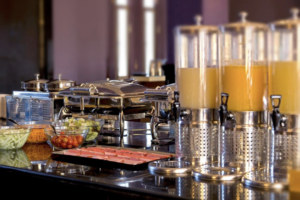
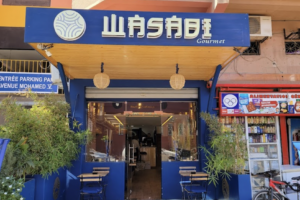
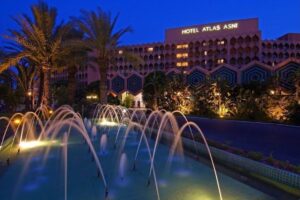
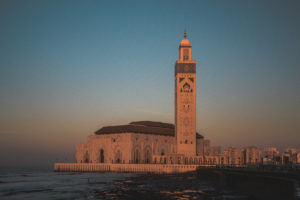
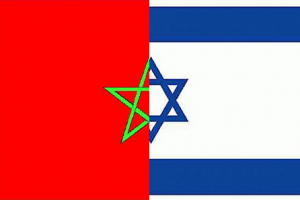
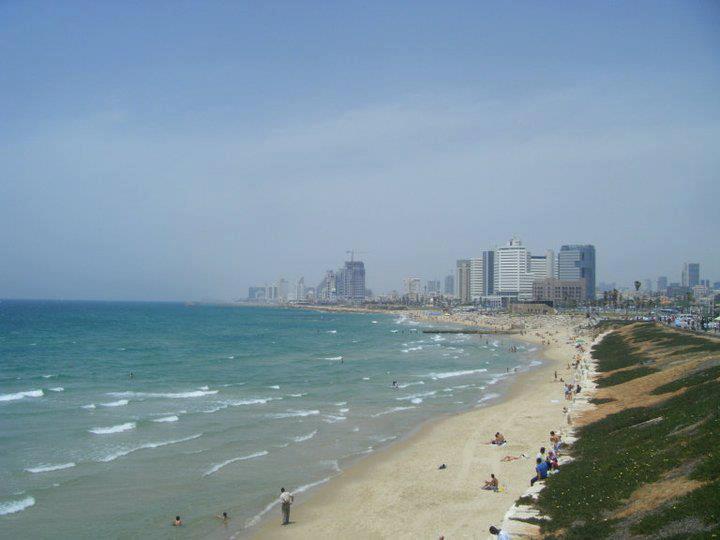
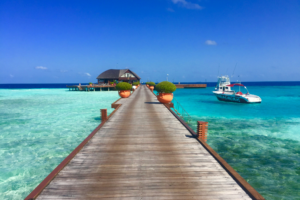
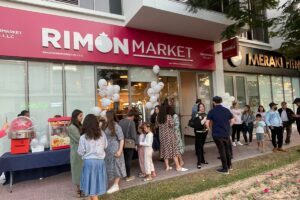
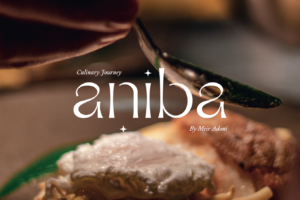
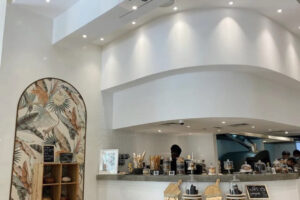
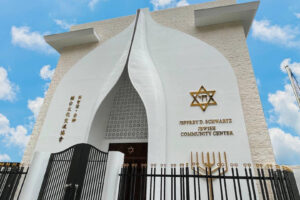
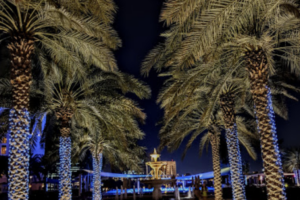
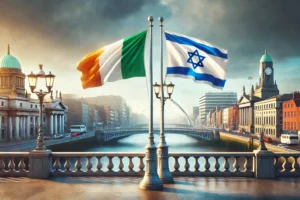
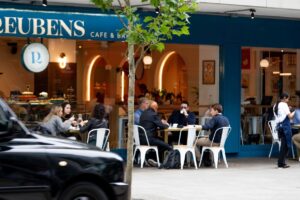
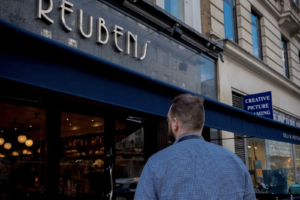
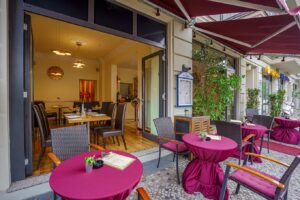
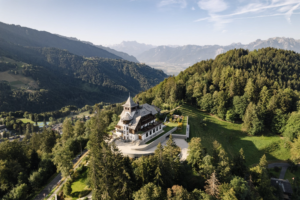
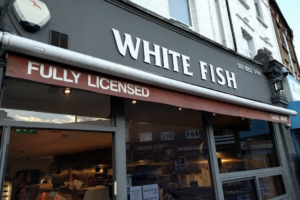


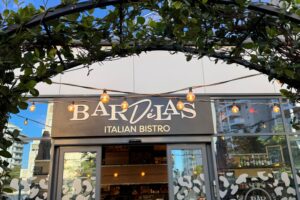

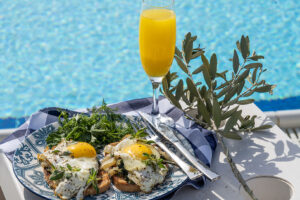


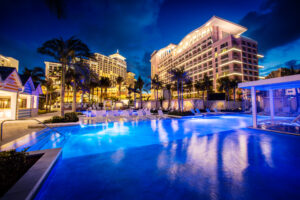
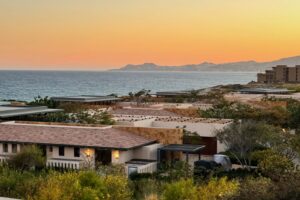
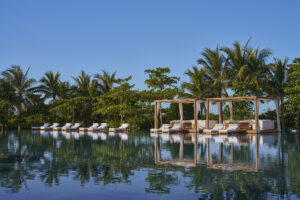
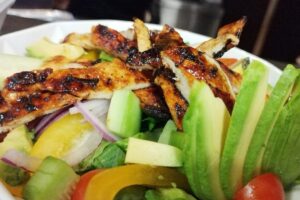
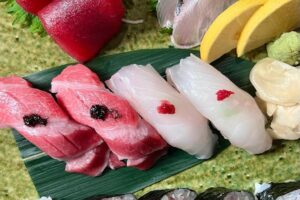

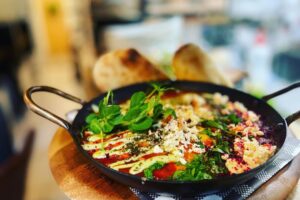

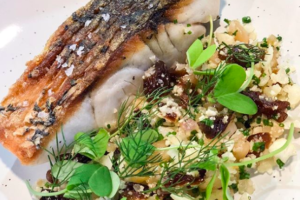
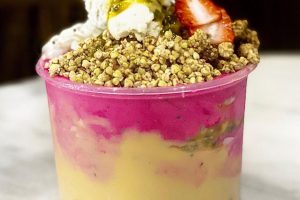
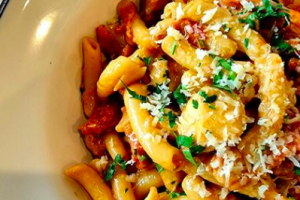


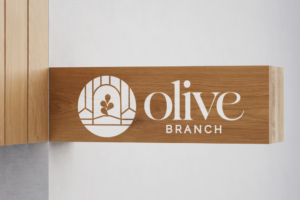

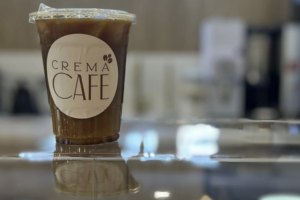

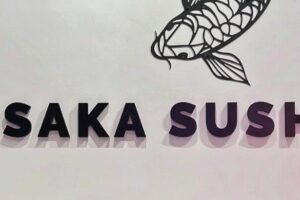
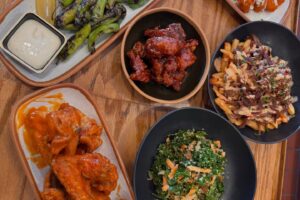
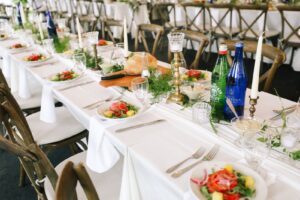
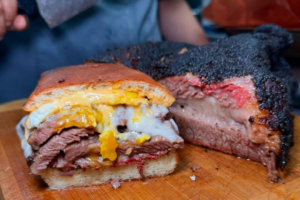
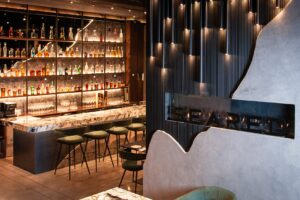


WOW !
Great article !
I am also impressed by the dedication of Chabad and how they reach out to every
single Jew regardless of location and observance.
It’s special that you quoted them explaining that the Rebbe told them to stand up for Judaism. It is truly heartwarming in these far of areas, especially regarding the challenges
of keeping Kosher so far away !
Martinique is another one of those sunny and tropical locales you would not exactly expect to cater to those looking for a kosher resort, but surprisingly, it does, and it does it quite well, offering also kosher restaurants.